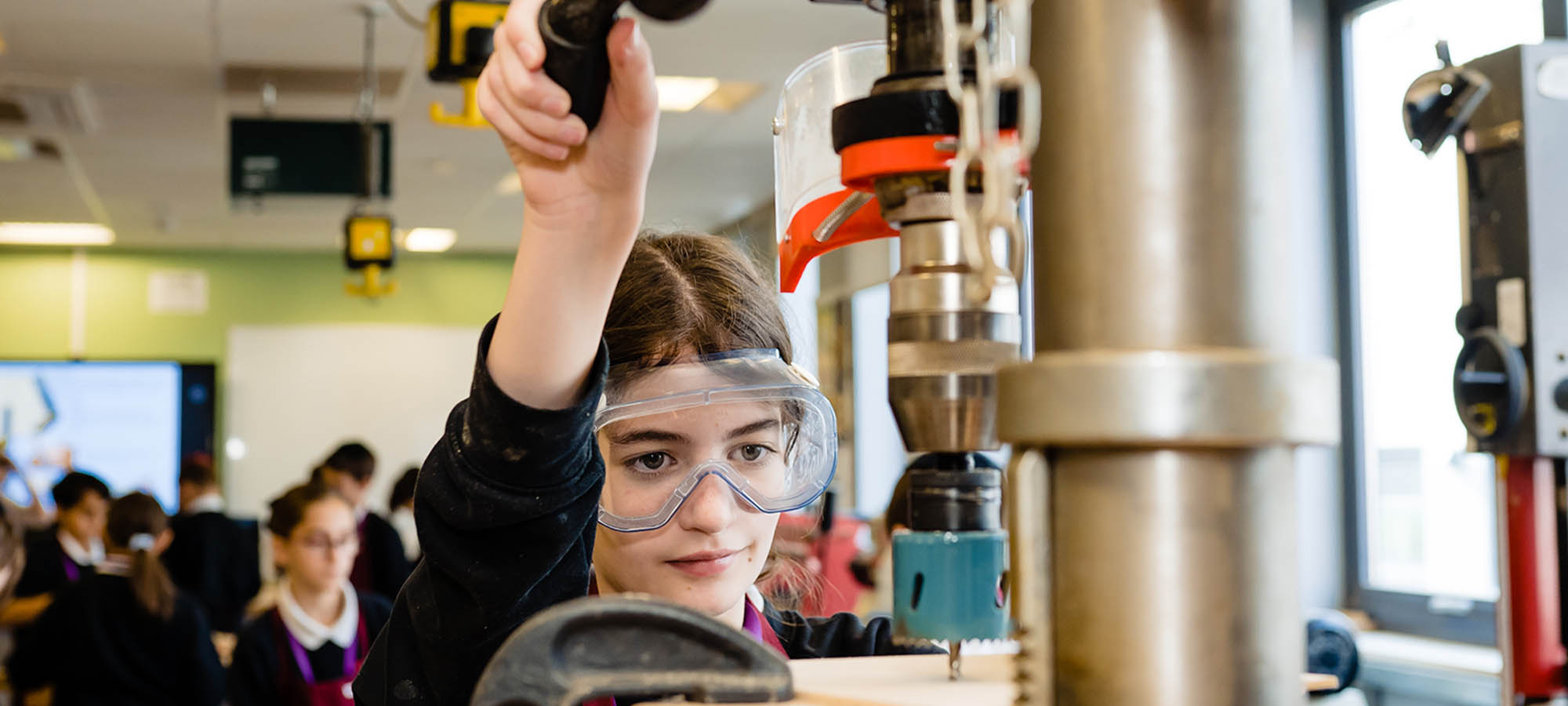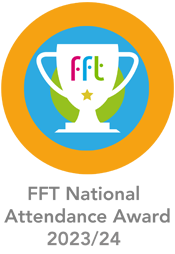Our curriculum across both KS3 and KS4 is driven by our vision:
To develop creative, curious, independent and reflective students who enjoy taking risks through experimentation in Art, Photography, Music, Drama, DT and Food.
We are focused upon teaching our students to acquire the knowledge and skills needed to design creative solutions to real world problems, through the model of ‘Explore, Create and Evaluate’. We want all students to learn how to explore design concepts and research user requirements. By creating solutions, using a range of practical and technical processes, our learners will not only manufacture solution-based responses, but help advance their society around them. We challenge our students to critique designs and evaluate the effectiveness of process and systems, drawing upon both their oral and written skills. Our curriculum speaks to the minds of our students by incorporating personal design responses to local and relevant global issues such as designing for a sustainable world.
Students are encouraged to have not only a love and enjoyment for creativity in our subjects but also the language, depth of knowledge and drive to be successful in their learning. Through exciting experiences in Creative Arts, students are encouraged to learn skills that help to develop lifelong learners and competent citizens in the wider world.
Key Stage 3
DT KS3 Implementation
Our students secure this knowledge through the careful planning of our lessons and schemes of learning, all built and predicated on the expectations of the National Curriculum model. This is then also developed out further, to ensure a depth and breadth to the content that is covered.
Planning for lessons and schemes of learning is rooted in an understanding of Cognitive Science, with each and every lesson planned so that there are opportunities for:
- A purposeful and immediate start to each lesson using ‘Do Now’s’, built on the concept of retrieval practise to provide students with opportunities to review previous learning.
- Independent task(s) that students can access without any teacher input.
- Turn and talk to ensure Oracy has been developed to build on debating and formulating their own definitions
- Reducing cognitive load on students working memory by teacher modelling in small steps followed by students making or practice
- Independent learning to practise and embed new skills (practical tasks) and demonstrate understanding of the core concepts of the lesson through scaffolding and success criteria.
- Checking for and consolidating understanding, developing students’ ability to self-regulate their learning.
DT KS3 Impact
In Key Stage 3, ongoing assessment of learning in Design and Technology is undertaken through the assessing of portfolio booklets that looks at the iterative design process. We aim for assessment to be meaningful, motivational and manageable. This allows for understanding and practical tasks to be assessed through written documents. Following these assessment points, we make sure all pupils reflect on feedback given so that pupils can further improve their tasks/booklets.
DT Y7
Over the course of Year 7 our students will study and learn the following:-
Students are part of a rotation that covers both skills in Design Technology & Food Technology. Students rotate every 13 weeks.
| Topic/Study Focus | Knowledge/Skill focus |
| Unit 1: Health & Safety – How do designers keep safe in the workshop? | Hazards & Risks in the workshop, Skills – Cutting, Drilling, Sanding, Polymers, Timbers and their properties |
| Unit 2: How are user opinions formed to influence designs? | Exploring the Iterative Design Process Skills- Cutting, Drilling, Sanding, Polymers and Timbers |
DT Y8
Over the course of Year 8 our students will study and learn the following:-
Students are part of a rotation that covers both skills in Design Technology & Food Technology. Students rotate every 13 weeks.
| Topic/Study Focus | Knowledge/Skill focus |
| Unit 1: What is the difference between a tool and machine? | Risk Assessing Hand Tools Skills: – Chiseling Techniques , Sanding, Marking and Measuring, Conversion of units , Drilling using Pillar Drills |
| Unit 2: Why are metals used for model making? | Exploring the Iterative Design Process Experimenting with Ferrous and Non Ferrous metals
|




